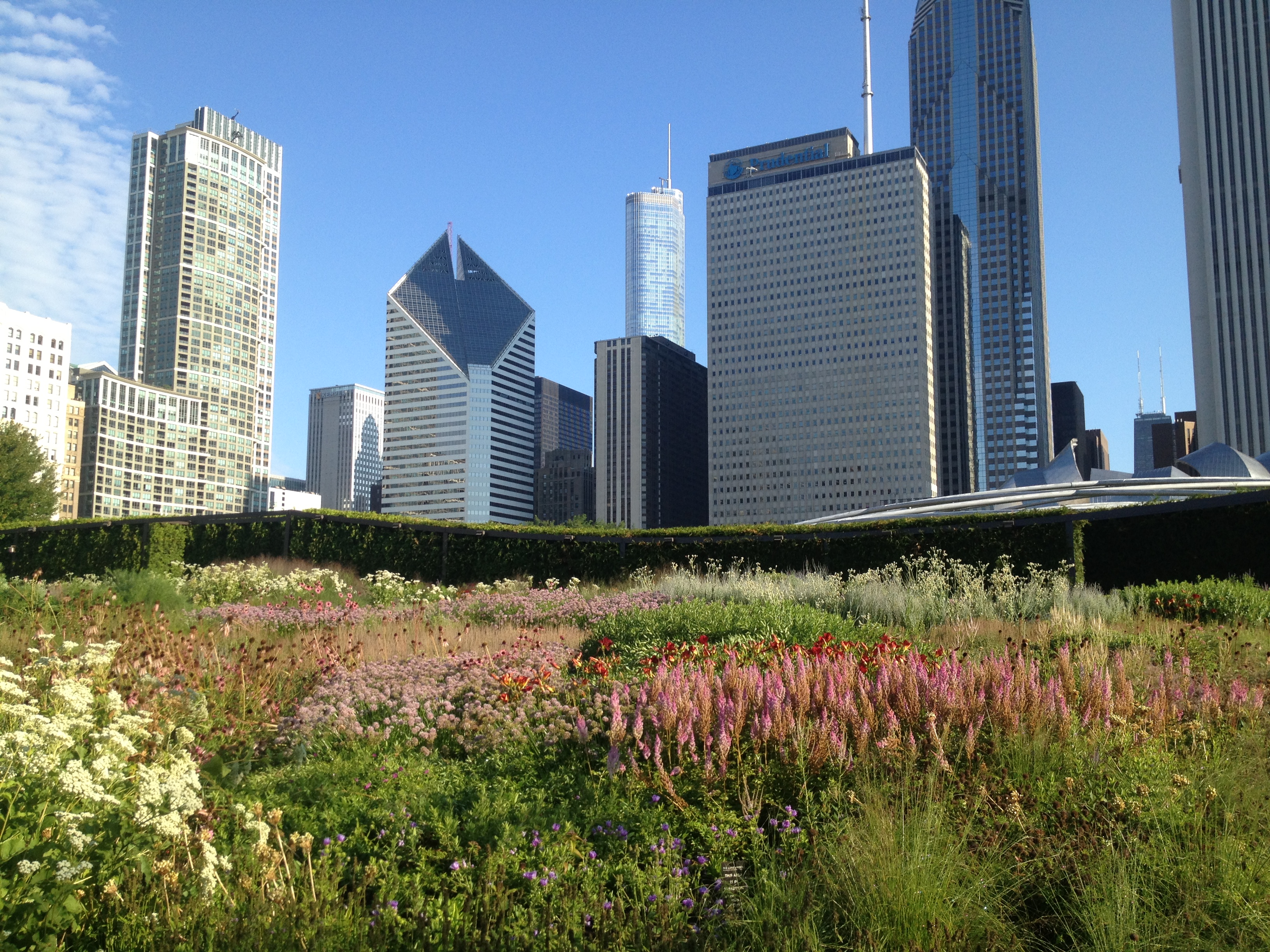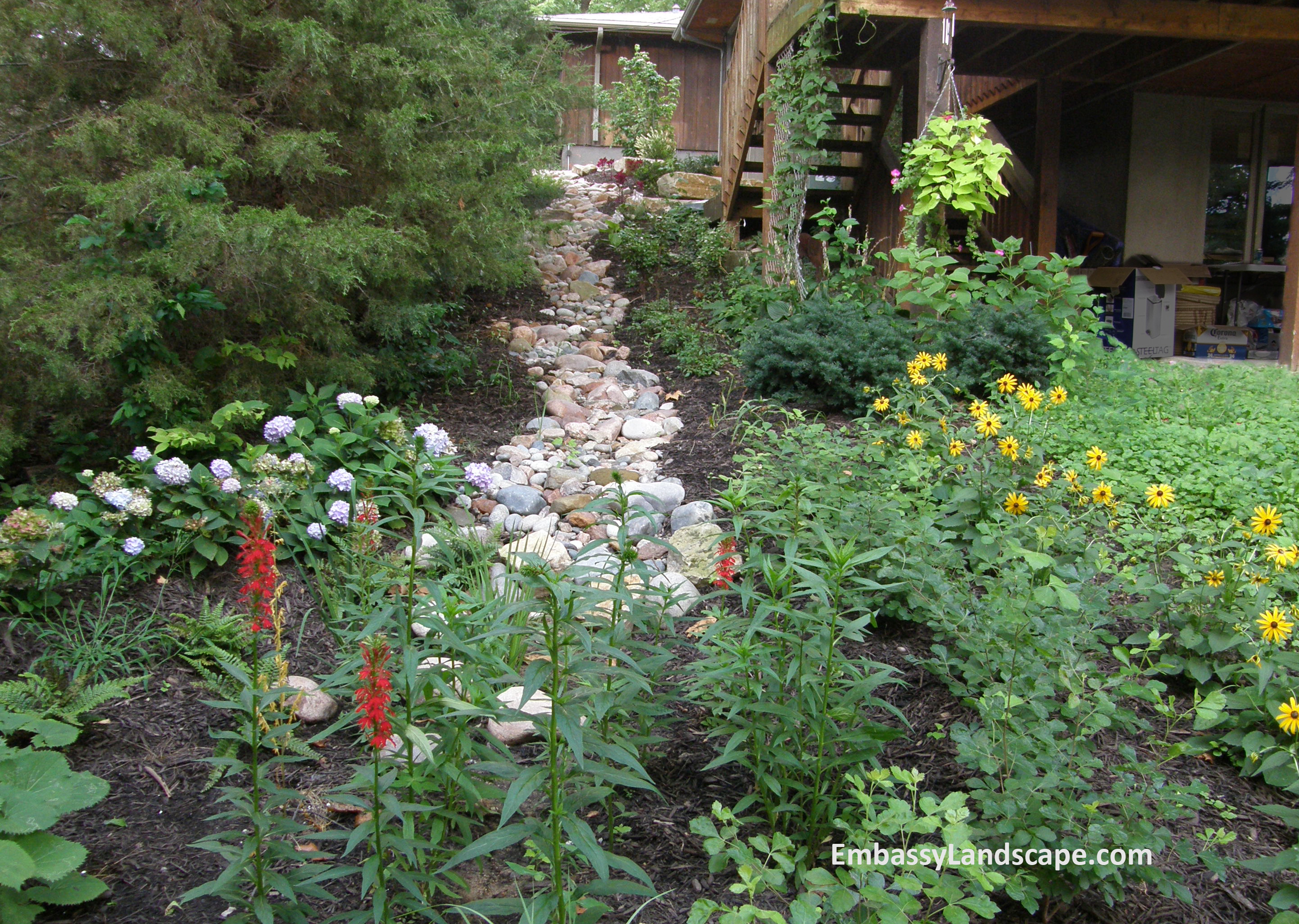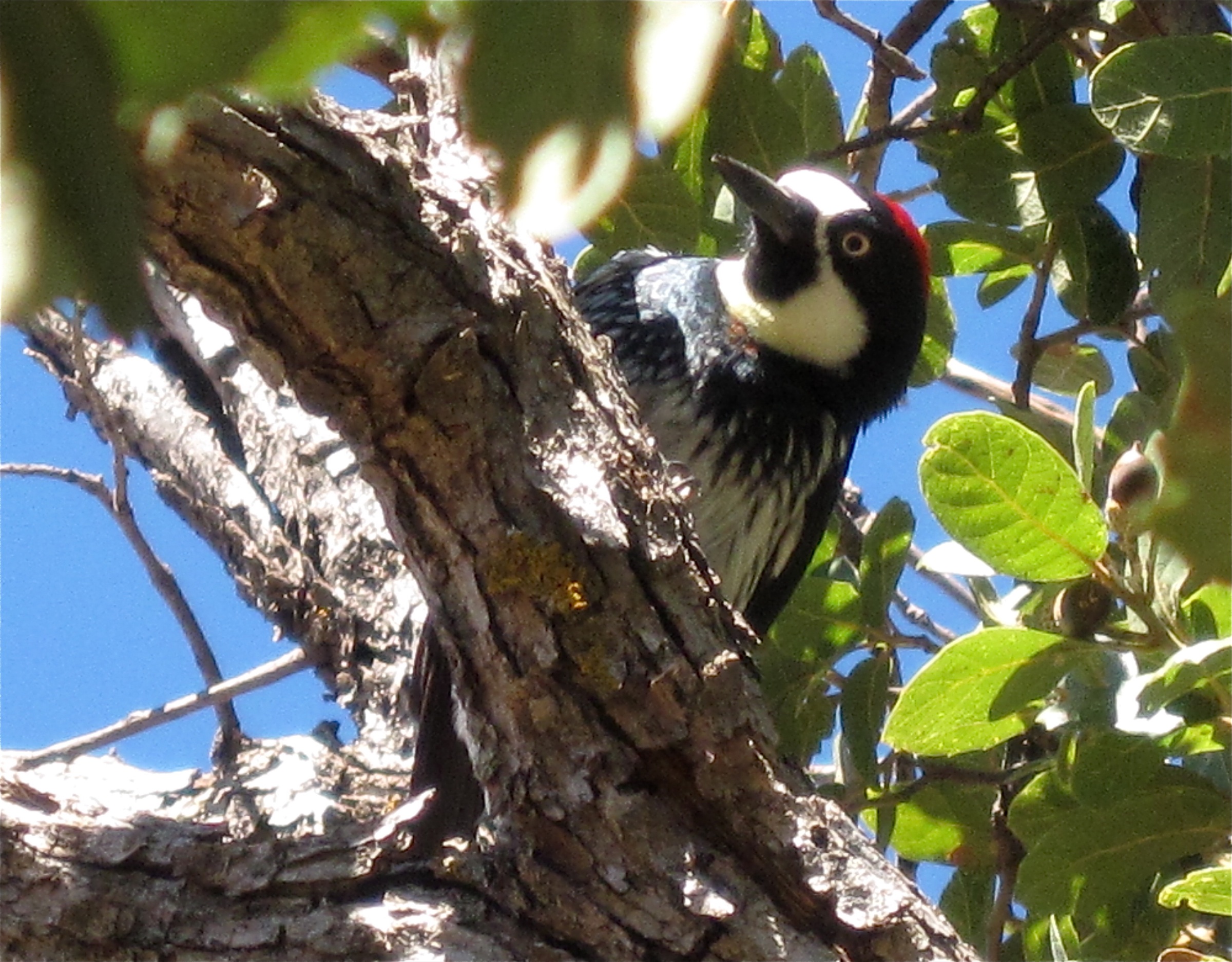At a recent presentation to a group of homes association property managers, my colleagues were asked why they were suggesting that changes be made in the landscapes resulting in sustainable landscaping for their properties. The potential clients questioned their logic, seeing the suggested changes as a path to planned obsolescence for Embassy; it seemed like a counterproductive proposal to them. Exactly the opening for which they were looking, Embassy’s staff used the opportunity to educate the group about the critical need for sustainable practices in today’s landscaping and grounds maintenance. Embassy designers explained how adopting environmentally sound practices would benefit their residents as well as their bottom line.
Sustainability is certainly a buzzword right now. We hear about everything from using sustainable building practices, creating sustainable communities and developing sustainable economies to using sustainable packaging and living entirely sustainable lifestyles. I have even skimmed a recent article on achieving maximum yields with sustainable agriculture. (Rather dry; I wouldn’t recommend it for light reading.) Granted, there are some who are touting sustainability strictly as a marketing tool to tap into current trends for their own profitability, but overall the goals of the movement are truly meant to protect our fragile planet and to meet the needs of future generations.
The concept of sustainability is both simple and complex. At the most basic level, sustainability is just making sure that everything we do allows our children and grandchildren and generations beyond to inherit a healthy, vibrant world in which to live and to thrive. A sustainable lifestyle assumes that choices made “meet the needs of the present without compromising the ability of future generations to meet their own needs.” (UN World Commission on Environment and Development)
In reality though, attaining sustainability is a much more complicated process. It begins with a series of presumptions. It holds that resources are finite, that they must be used judiciously, that priorities for their consumption must first be determined and that the consequences of their use now must be seriously considered. These critical premises are what then guide the direction that sustainability practices take for both the community and the individual.
Evaluated against theses presumptions, the idea of creating sustainable landscapes makes perfect sense. According to the American Society of Landscape Architects (ASLA), a sustainable landscape is one that is “responsive to the environment, regenerative and can actively contribute to the development of a healthy community.” In other words, a sustainable landscape is well suited to its particular environment and thrives over time in the range of conditions typical to the area without needing additional resources or special care.
Further, sustainable landscapes actually promote healthier communities, individuals and ecosystems. Because sustainable landscapes primarily use native plants and natural materials placed in appropriate settings, once established they require less water than introduced species. Native plants tend to be healthier, being more disease and insect resistant than ornamentals, reducing the need for fertilizers, pesticides and other chemicals. Fewer chemical applications mean less run-off into our water supplies and thus cleaner water .
EPA studies show that gas-powered garden tools contribute to the 242 million plus pounds of pollutants released into the air each year. Since sustainable landscapes require minimal maintenance (such as mowing and trimming), they help improve air quality. Leaves of native plants used in sustainable landscapes also grab carbon from the air and accumulate it in their leaves.
The latest census data reports that 81% of the 323 million people living in the United States now live in urban areas. This urbanization has resulted in a disruption of delicate ecosystems. Not only have familiar creatures such as birds and butterflies lost habitat, but even microscopic soil microorganisms, necessary for decomposing organic matter and helping to supply nitrogen to plants as well as detoxifying harmful chemicals (Sustainable Agriculture Research and Education), have suffered. By including sustainable landscapes filled with native plants throughout the community, ecosystems can be revived and rebuilt, protecting the diversity of native wildlife.
Choosing to install a sustainable landscape instead of the more traditional expanse of turf and beds of ornamentals, gives sizable economic benefits. Once established, the cost of maintaining a sustainable landscape is minimal when compared to upkeep on a traditional yard. Figures provided by ASLA show that over the long-term, non-native turf and beds cost over $20,000 per acre while native landscaping of the same square footage costs about $3000.
Finally, being surrounded by the native plants in a sustainable landscape, helps to grow a sense of our connection to our natural environment. When I was teaching geography, we called this a sense of Place. It is the sights, the sounds, the smells, the textures that make an area unique and that make it home to us. My initial response to the idea of converting my beloved formal landscape to a native filled sustainable one was, to be totally honest, was horror. I imagined unbridled chaos – a weedy mess. What I found I actually had was a sense of constancy and peace.
I’d like to invite you to join me next time for a virtual tour of a few of the highlights of Embassy Landscape Group’s sustainable landscape design projects. Most are award-winning; all are amazing. See what Embassy designers can do for you.








